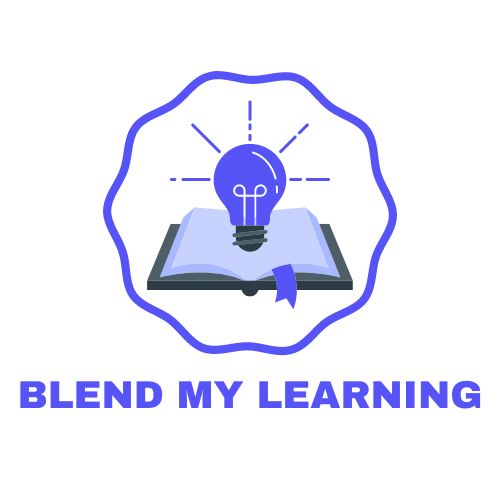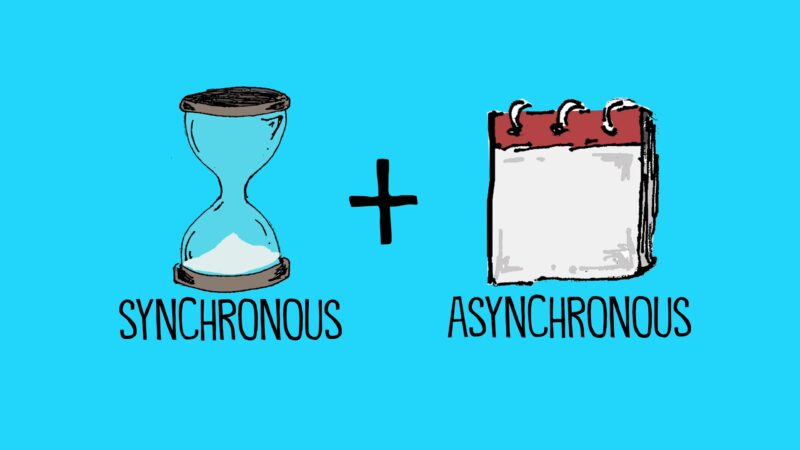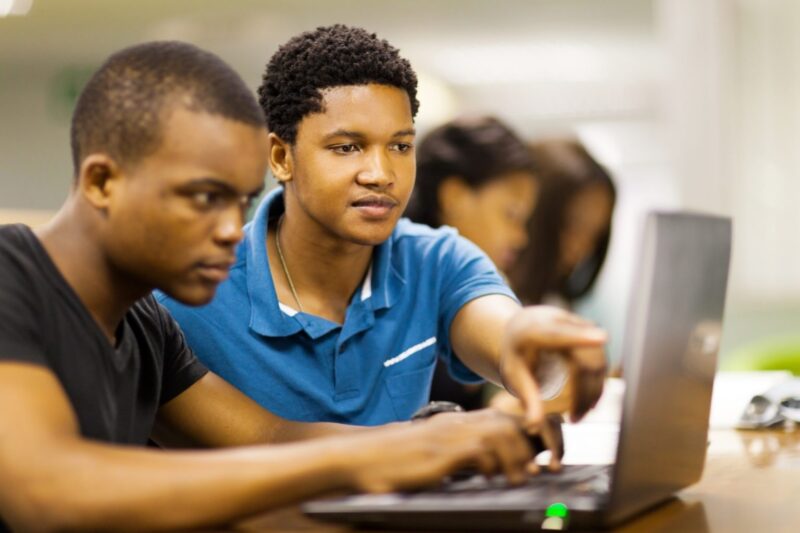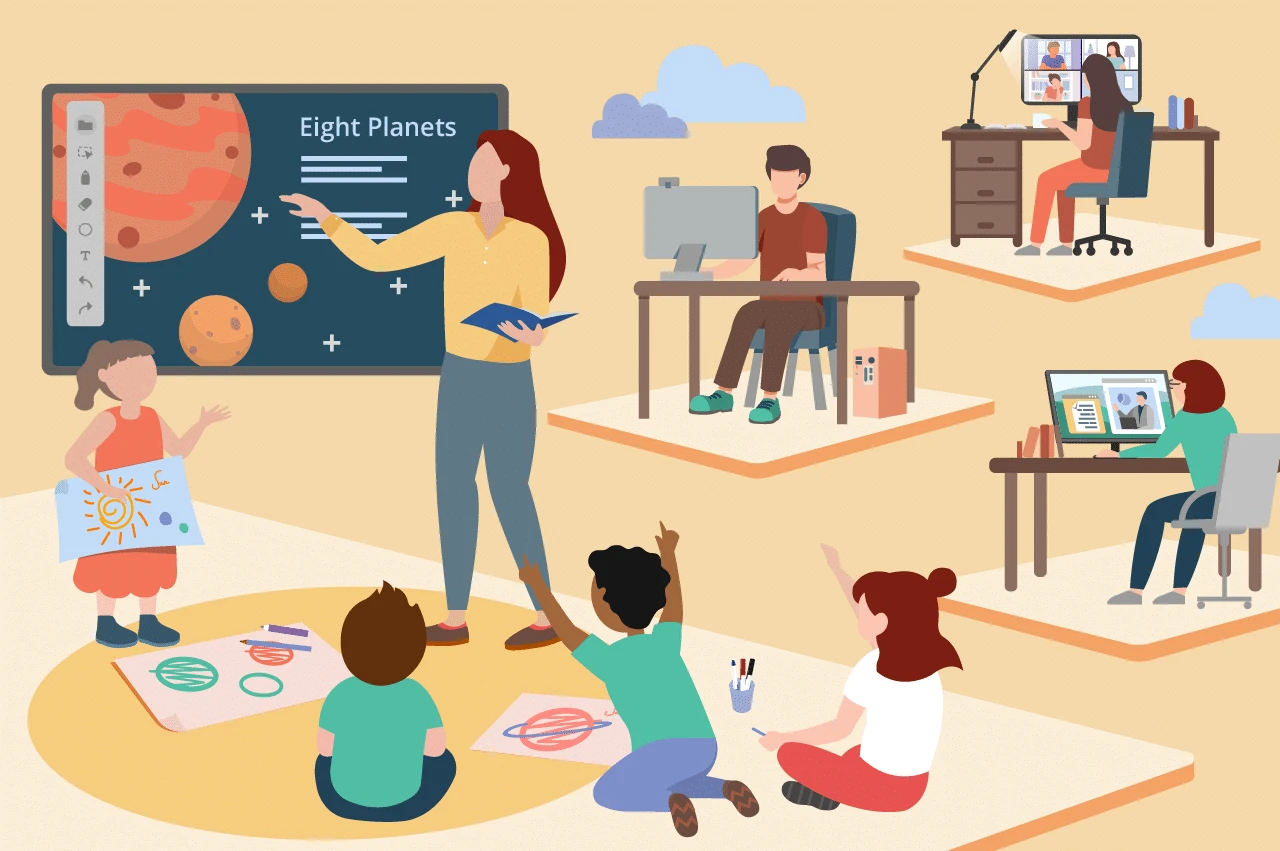Keeping the spark alive – that’s the name of the game when it comes to student motivation, am I right? Whether you’re rocking the virtual classroom vibe or going old-school with in-person learning, keeping those young minds engaged is a real art form. But don’t worry, I’ve got some tricks up my sleeve to help you become the better motivator.
Emotional, Behavioral, and Cognitive Engagement

As educators, our highest priority must be the well-being and growth of our students. By fostering positive relationships built on mutual care, support, and respect, we pave the way for meaningful learning.
Emotional engagement is fundamental. Students thrive when they feel known and valued by their teachers. Taking time to understand each student’s unique experiences and challenges allows us to meet them with empathy.
Working to create a safe, encouraging environment where all can reach their potential is key. Negative emotions that diminish self-worth, like fear or frustration, hinder this important work.
Active participation is likewise important for optimal engagement. Yet we must consider not only physical presence but psychological presence. Clear goals thoughtfully communicated, along with supportive feedback, help maintain student focus. Their efforts are likewise crucial, but as educators, we must strive to present material through multiple modalities to spark curiosity.
True learning, however, is an ongoing process that extends beyond tasks or time spent in the classroom. We do students the greatest service by cultivating higher-order, critical thinking skills that transfer to life beyond our lessons.
Encouraging open-minded reflection and the forging of connections between ideas equips students to continuously develop perspectives of their own. This type of deep engagement yields insights that last a lifetime.
Strategies for Enhancing Engagement
Building meaningful connections with students is paramount for engagement. Rather than viewing learners as mere recipients of information, we must aim to understand each individual’s background and lived experience.
Through empathy and care in our personal interactions, we can cultivate environments of trust where all feel known and supported simply as human beings. Such relationship-building beyond the task of instruction helps tailor the learning experience in a way that truly resonates on a human level.
Clear Communication

To reduce potential confusion and maintain focus, clear directives seamlessly integrated into the learning process are crucial. Welcoming students through orientation messages and detailed course maps allows them to properly orient themselves from the start.
Regular status updates keep the class community informed. By minimizing uncertainty via transparent signposting of expectations and deadlines, we can alleviate undue stress and frustration that breeds disengagement.
Support of Interactive Exchange
Given habitual shortening attention spans, maintaining learner participation is key. Multi-modal presentation incorporating thoughtful questions and periodic check-ins within video/digital components can boost interactivity and focus.
Designing collaborative activities where students share insights and coach one another cultivates human connections that enhance comprehension and retention.
Promotion of Independent Thinking
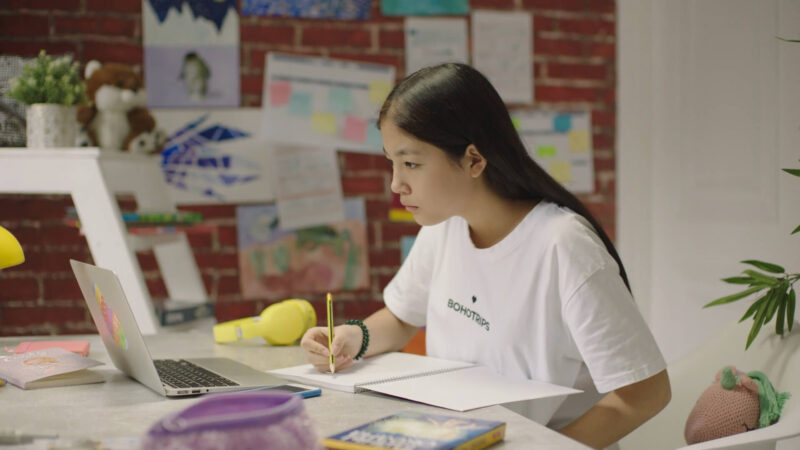
Inviting regular self-assessment cultivates independence and empowerment. Through reflective writing that encourages linking new ideas to one’s experiences, we support students in developing their understandings on a deeper, more personal level.
Enabling learners some control, such as access to class recordings, then allows confidence to direct one’s studies independently per one’s needs and preferred style of meaning-making.
Guide with Support and Feedback
No one achieves alone. By circling back frequently to offer individualized, forward-looking commentary and guidance whenever a learner encounters challenges, we demonstrate our investment in each student’s success as a whole human being. Recognizing individual progress over time further bolsters morale and motivation to continue engaging fully with the learning experience.
Connecting Through Shared Experience
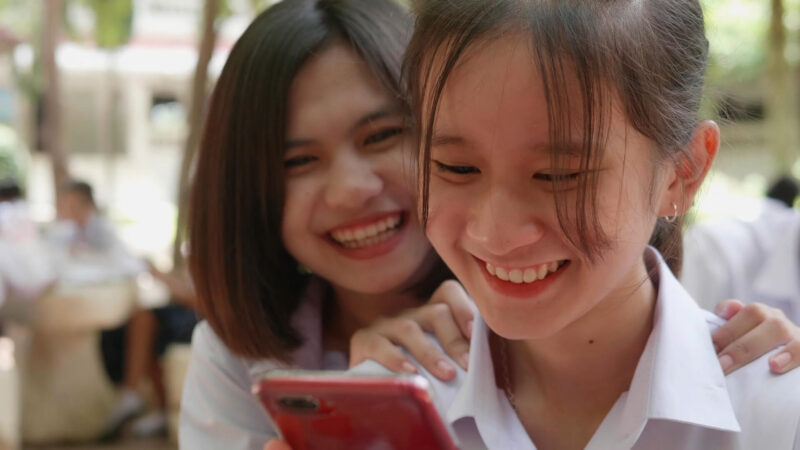
Students learn best when they feel part of a supportive community. Meaningful discussions and collaborative work that draw on each individual’s strengths help forge bonds critical to staying motivated along the journey. A sense of belonging strengthens resilience during challenges and deepens comprehension through diverse perspectives.
Making Material Relevant
To truly engage learners, course themes must connect in a meaningful way to lives beyond the classroom. Bringing real-world context and demonstrating relevance to personal goals inspires investment. Further, inclusive representation of diverse experiences in curricula allows all students to feel reflected in their education.
Flexibility Through Synchronous and Asynchronous Modalities
Offering elements of both live, synchronized learning as well as independent self-study ensures optimal support of varied student needs and contexts. Immediate feedback and discussion of complex conceptualization, while asynchronous options accommodate diverse schedules and preferred pacing. A blended model harnessing each modality’s strengths maximizes accessibility and engagement for all.
Autonomy Through Clear Guidance
Yet whether studying alone or together, clear directives and deadlines provided by educators help learners direct their efforts confidently according to personal understanding. Regular two-way communication and checking-in further demonstrate commitment to each student’s success and reduce potential isolation on the journey toward meaningful insight.
Practical Tips for Teachers

- Direct with Clarity: Make sure students understand exactly what’s expected in the class.
- Connect on a Human Level: Talk to students so you know where they’re coming from. Building good relationships helps everyone feel okay in the class.
- Get Students Involved: Use fun videos and hands-on projects that keep kids interested. Being active helps them remember things better.
- Give Individual Help: Check in regularly on each student’s progress, and help them with problems or make improvements. Show you care about each one doing their best.
- Encourage Teamwork: Set up chances for respectful sharing of ideas between classmates. Working together adds to what kids learn on their own.
- Let Students Have Some Choices: Give options for pacing and styles of learning, since folks have different backgrounds and ways of understanding things. Options motivate kids.
Potential Problems and Possible Solutions
- Engagement: Students learning remotely may feel detached from their peers. Solution: Utilize engaging course materials and foster a sense of connection between students.
- Comprehension: Students risk confusion regarding expectations without direct guidance. Solution: Provide abundantly clear instructions and consistent updates.
- Isolation: Asynchronous learning could leave students feeling lonely in their studies. Solution: Integrate real-time lessons to facilitate interaction.
- Motivation: Maintaining drive can prove difficult without in-person learning. Solution: Employ various tactics to sustain student involvement.
- Technology: Online coursework relies upon the proper functioning of technical platforms. Solution: Ensure accessibility of all class resources and offer support for any issues that arise.
The Bottom Line
In summary, maintaining student motivation in various learning environments requires substantial effort. Engaging students emotionally, cognitively and behaviorally is essential.
Teachers must build relationships, communicate expectations clearly, and incorporate interactive elements into lessons. Regularly monitoring progress and offering support helps students achieve success. Combining real-time and self-paced instruction can further enhance the learning process.
Related Posts:
- How to Integrate Online and Traditional Learning for…
- Engaging Students in a Blended Learning Classroom: 7…
- Blended Learning vs. E-Learning - What is a Better Option
- Top Blended Learning Models for Effective Education…
- Step-by-Step Guide to Creating a Blended Learning Curriculum
- Top 10 Online Learning Platforms for Blended Education
